Urbanization and Population Growth
The rapid urbanization and population growth in South America are driving the flat glass market. As cities expand, the demand for residential and commercial buildings increases, leading to a higher requirement for flat glass products. In 2025, urban areas in South America are projected to house over 80% of the population, which necessitates the construction of new infrastructure. This trend is likely to boost the flat glass market, as glass is a preferred material for windows, facades, and interior applications. Furthermore, the construction sector in South America is expected to grow at a CAGR of 5% from 2025 to 2030, indicating a robust demand for flat glass products. The increasing need for energy-efficient buildings also contributes to this growth, as flat glass can be manufactured with insulating properties.
Regulatory Support for Energy Efficiency
Regulatory frameworks in South America are increasingly supporting energy efficiency initiatives, which positively impact the flat glass market. Governments are implementing stricter building codes that mandate the use of energy-efficient materials, including advanced flat glass products. For instance, the introduction of energy performance standards is likely to drive the adoption of low-emissivity (Low-E) glass, which enhances thermal insulation. This shift is expected to create a market opportunity valued at approximately $1 billion by 2027. Additionally, incentives for using sustainable materials in construction are becoming more prevalent, further propelling the demand for flat glass. The flat glass market is thus positioned to benefit from these regulatory changes, as manufacturers adapt their offerings to meet new standards.
Rising Demand for Solar Energy Solutions
The increasing focus on renewable energy sources, particularly solar energy, is influencing the flat glass market in South America. The region's abundant sunlight makes it an ideal location for solar energy projects, which often utilize flat glass in photovoltaic panels. The solar energy market in South America is expected to grow at a CAGR of 15% from 2025 to 2030, leading to a heightened demand for specialized flat glass products. This trend not only supports the flat glass market but also aligns with global sustainability goals. As more solar farms and residential solar installations emerge, the need for high-quality flat glass will likely surge, creating new avenues for growth within the industry.
Architectural Trends Favoring Glass Usage
Contemporary architectural trends in South America are increasingly favoring the use of glass in building designs, which is a key driver for the flat glass market. The preference for open, light-filled spaces has led architects and builders to incorporate large glass panels in both residential and commercial projects. This trend is evident in urban developments where glass facades are becoming a hallmark of modern architecture. The flat glass market is expected to see a rise in demand for decorative and functional glass products, as they enhance aesthetic appeal and energy efficiency. By 2026, the architectural glass segment is projected to account for over 30% of the total flat glass market, indicating a robust growth trajectory.
Technological Innovations in Manufacturing
Technological advancements in the manufacturing processes of flat glass are significantly impacting the market in South America. Innovations such as automated production lines and advanced coating technologies are enhancing the efficiency and quality of flat glass products. These improvements not only reduce production costs but also enable the creation of specialized glass types, such as self-cleaning and smart glass. The flat glass market is likely to benefit from these innovations, as manufacturers strive to meet the evolving demands of consumers and builders. By 2025, it is anticipated that the adoption of new technologies will increase production capacity by approximately 20%, thereby supporting the overall growth of the flat glass market.


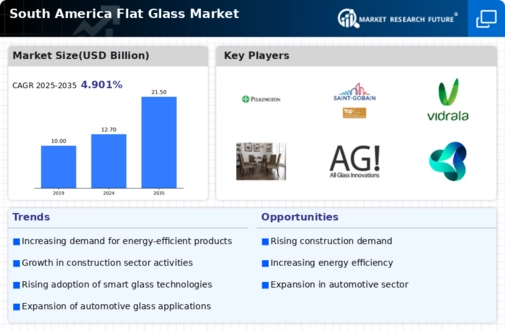
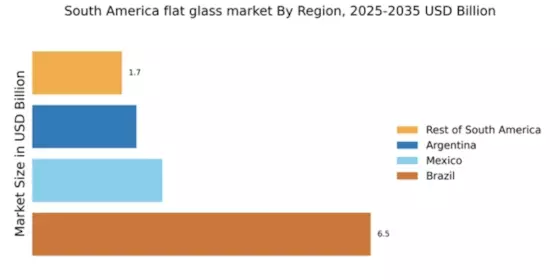
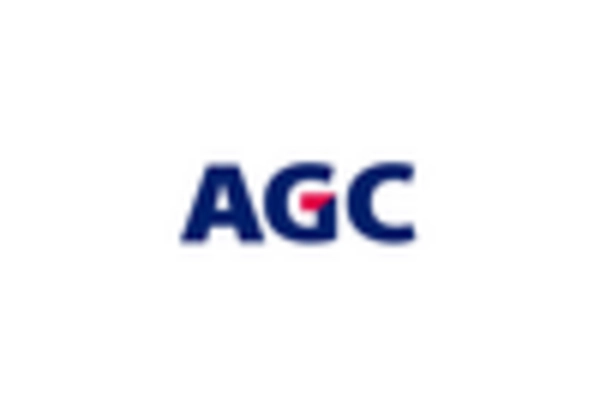

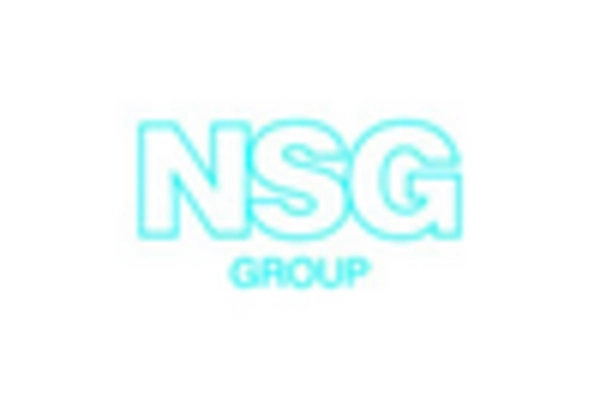
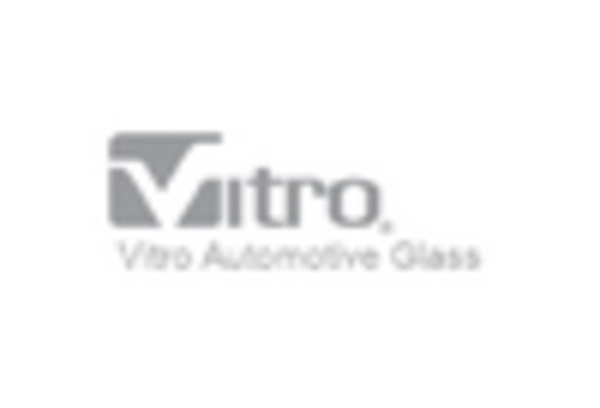

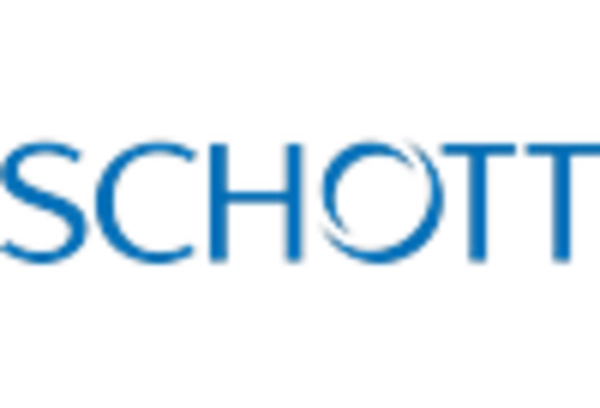








Leave a Comment